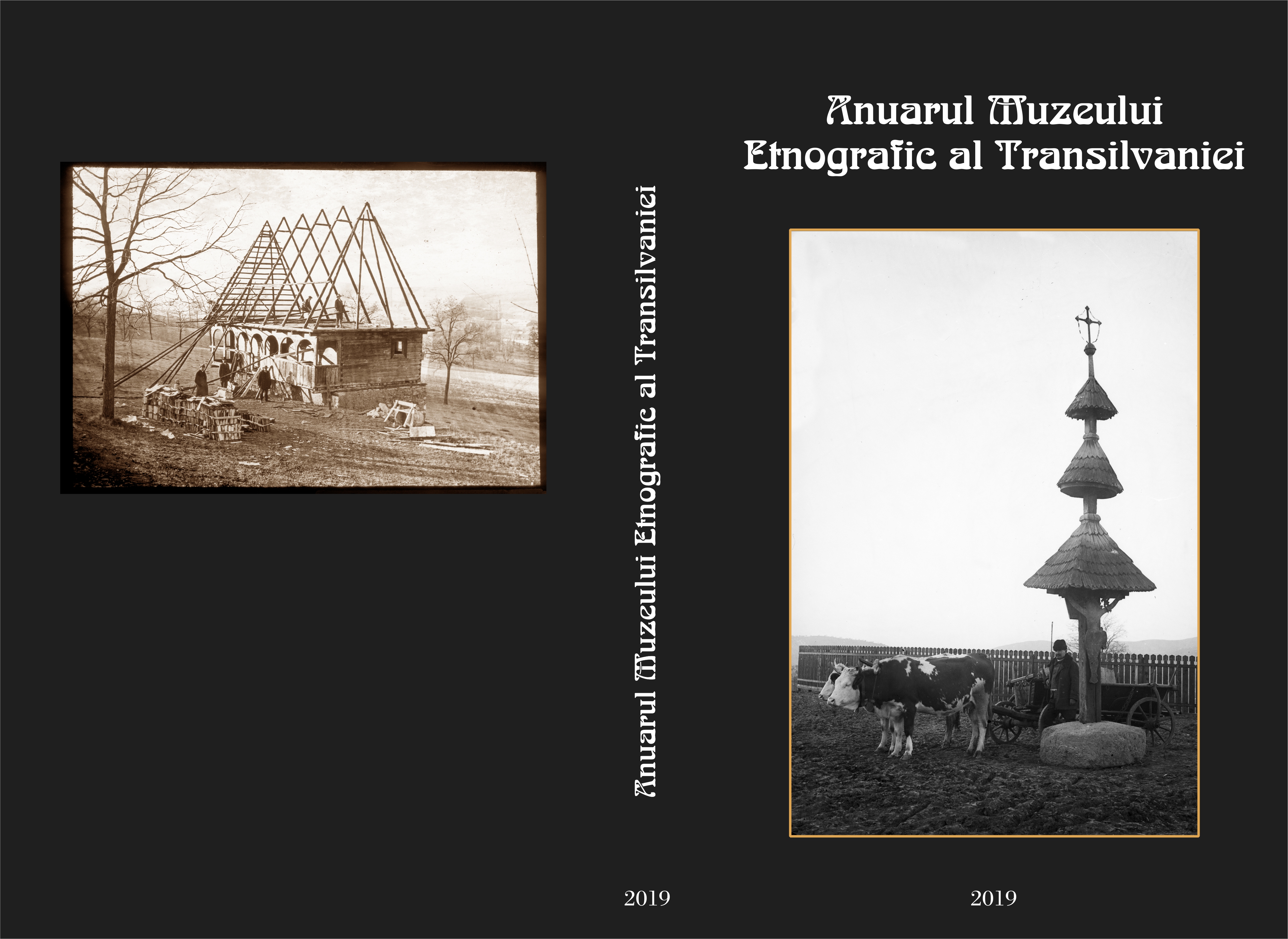1929: PRIMUL AN AL ISTORIEI PARCULUI ETNOGRAFIC NAȚIONAL DIN CLUJ
1929: The First Year in the History of the
National Ethnographic Park in Cluj
Author(s): Tudor Alexandru SălăgeanSubject(s): Anthropology, Social Sciences, Communication studies
Published by: MUZEUL ETNOGRAFIC AL TRANSILVANIEI
Keywords: National Ethnographic Park; Romulus Vuia; Iuliu Maniu; Vidra house; Lupșa cross;
Summary/Abstract: The first year of the history of the Cluj Ethnographic Park was a difficult and complex one. It was marked by a promising start, followed by a period of disappointment caused by the exclusion of Cluj from the list of the Union Celebration venues, which could have been an excellent way to promote the new museum and its goals. The documents kept in the archive of the Transylvanian Museum of Ethnography reveal the complexity of the efforts to create the first open air museum in Romania, through the activity of several specialists coordinated by Romulus Vuia, who have successfully overcome the difficulties generated by the novelty of this endeavor, as well as from the insufficient funding, gathered with difficulties from several sources. At the end of 1929, the Ethnographic Park was in possession of a land with an area of 75 hectares, on which were already located two objectives, both coming from the Apuseni Mountains: the house from Vidra and the cross form Lupșa. Equally important for the development of the museum was the restaurant Gaudeamus, a revenue-generating objective, whose complementarity with the cultural development of the Ethnographic Park was very well understood by all the factors involved. Despite the difficulties encountered, Romulus Vuia managed tom ove forward, offering the Romanian culture a museum objective of major importance.
Journal: Anuarul Muzeului Etnografic al Transilvaniei
- Issue Year: 2019
- Issue No: 9
- Page Range: 156-170
- Page Count: 15
- Language: Romanian
- Content File-PDF

